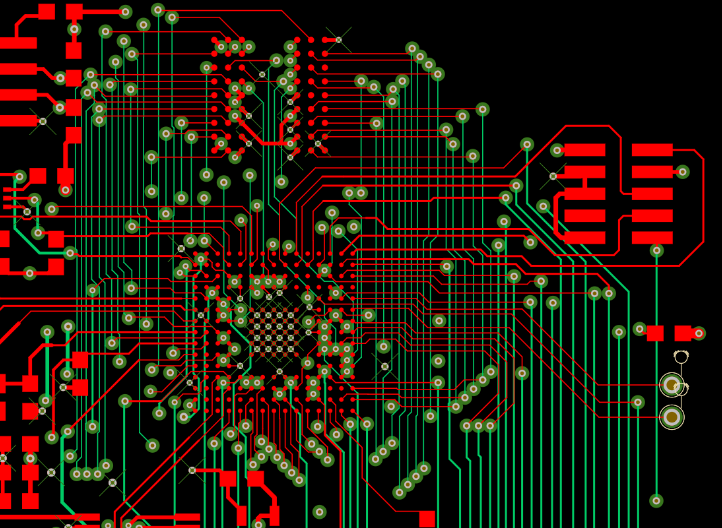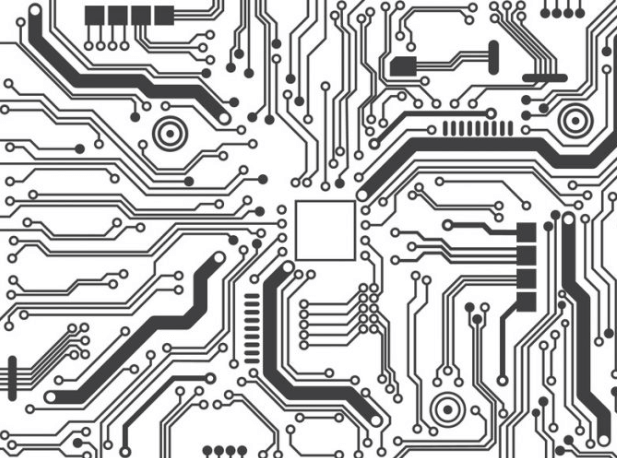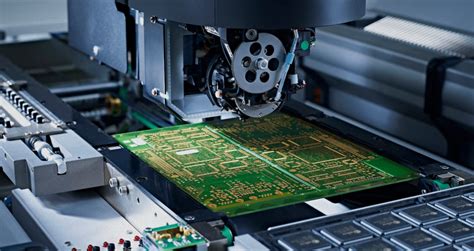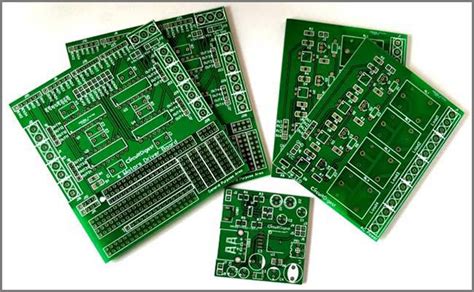PCB Trace Routing: Common Problems and Solutions
Introduction to PCB Trace Routing
Printed Circuit Board (PCB) trace routing is a fundamental aspect of electronic design that significantly impacts the performance, reliability, and manufacturability of electronic devices. Proper routing ensures signal integrity, minimizes electromagnetic interference (EMI), and maintains power distribution quality. However, designers often face numerous challenges when routing traces on PCBs, especially as board densities increase and signal speeds reach higher frequencies.
This article examines the most common PCB trace routing problems, their underlying causes, and practical solutions to overcome these challenges. We’ll explore signal integrity issues, power distribution concerns, manufacturing constraints, and high-speed design considerations that affect modern PCB layouts.
Common PCB Trace Routing Problems
1. Signal Integrity Issues
Signal integrity problems represent some of the most challenging aspects of PCB routing, particularly in high-speed designs:
Crosstalk: When traces run parallel for long distances, electromagnetic coupling can occur between them, leading to unwanted signal transfer (crosstalk). This becomes more pronounced as signal speeds increase and trace spacing decreases.
Reflections: Impedance mismatches at junctions, vias, or connectors cause signal reflections that distort waveforms. These typically occur when trace widths change abruptly or when routing between different PCB layers with varying characteristic impedances.
Signal attenuation: High-frequency signals experience greater attenuation through PCB traces, especially over long distances. This can lead to signal degradation at the receiver end.
Solutions:
- Maintain adequate spacing between parallel traces (3x the trace width is a common rule)
- Use ground planes as shields between sensitive traces
- Implement proper impedance matching throughout the signal path
- Keep high-speed traces as short as possible
- Use differential pair routing for sensitive signals

2. Power Distribution Network (PDN) Problems
The power delivery system in a PCB often suffers from routing-related issues:
Voltage drops: Long, thin power traces exhibit resistance that causes voltage drops, especially when supplying high-current components.
Power supply noise: Poor routing can couple switching noise from digital circuits into the power distribution network, affecting analog components and clock signals.
Ground bounce: Insufficient ground connections or high-impedance ground paths cause voltage fluctuations during simultaneous switching of multiple outputs.
Solutions:
- Use wider traces for power distribution (calculate appropriate widths based on current requirements)
- Implement power and ground planes for low-impedance distribution
- Place decoupling capacitors close to power pins
- Use star topologies for critical power distribution
- Separate analog and digital ground planes with proper bridging
3. Electromagnetic Interference (EMI)
Poor routing practices can turn PCB traces into unintentional antennas:
Radiated emissions: High-speed signals can radiate electromagnetic energy, especially in loops formed by return current paths.
Susceptibility: Poorly routed traces can pick up external electromagnetic fields, causing interference in sensitive circuits.
Solutions:
- Minimize loop areas by providing close return paths
- Avoid sharp 90° angles in traces (use 45° angles or curved traces)
- Implement proper shielding for sensitive circuits
- Use guard traces or ground shields for critical signals
- Follow the 20H rule for power plane edges (keep power plane 20 times the dielectric thickness inside the ground plane)

4. Manufacturing Constraints
PCB fabrication and assembly processes impose limitations on trace routing:
Minimum trace width/spacing: Each manufacturer has specific capabilities that dictate the smallest features they can reliably produce.
Aspect ratio limitations: The ratio of hole diameter to board thickness affects plating quality in vias.
Copper weight: Heavier copper (for high-current applications) affects minimum spacing requirements.
Solutions:
- Consult manufacturer design rules before starting layout
- Maintain adequate clearances for high-voltage traces
- Use teardrops at pad/trace junctions to improve manufacturability
- Consider via-in-pad technology for dense BGA packages
- Provide adequate copper balancing to prevent warping
5. Thermal Management Issues
Current-carrying traces generate heat that must be properly managed:
Overheating traces: Inadequate trace widths for the carried current can cause excessive temperature rise.
Thermal stress: Uneven heating of the board can lead to mechanical stress and reliability problems.
Solutions:
- Calculate appropriate trace widths using IPC-2152 standards
- Use thermal relief patterns for component pads
- Incorporate thermal vias for heat dissipation
- Distribute heat-generating components evenly
- Consider copper pours for additional heat spreading
Advanced Routing Techniques
1. High-Speed Design Considerations
Modern high-speed digital designs require special routing attention:
Length matching: Critical signals (like clock and data lines in memory interfaces) often need length matching to maintain timing relationships.
Differential pair routing: High-speed serial interfaces require careful maintenance of differential impedance and pair symmetry.
Solutions:
- Implement serpentine routing for length matching (with proper spacing)
- Maintain consistent spacing throughout differential pairs
- Pay attention to intra-pair and inter-pair spacing
- Avoid vias in high-speed paths when possible
- Use via stitching for return current continuity
2. Mixed-Signal Routing
Combining analog and digital circuits presents unique challenges:
Grounding strategy: Improper mixing of analog and digital grounds can lead to noise coupling.
Signal isolation: Sensitive analog signals can be affected by nearby digital switching noise.
Solutions:
- Implement proper ground separation with single-point connection
- Route analog traces away from digital noise sources
- Use guard rings around sensitive analog components
- Consider separate power supplies for critical analog circuits
3. RF Trace Routing
Radio frequency circuits demand specialized routing approaches:
Impedance control: RF traces typically require precise 50Ω (or other specific) impedance.
Transmission line effects: At RF frequencies, even short traces exhibit transmission line behavior.
Solutions:
- Use coplanar waveguide or microstrip configurations
- Minimize use of vias in RF paths
- Implement proper grounding for RF sections
- Pay attention to material properties (Dk/Df) at operating frequencies

Design for Manufacturing (DFM) Considerations
1. Testability
Routing decisions affect how easily the board can be tested:
Test point access: Provide adequate access for bed-of-nails fixtures or probe points.
Boundary scan: Consider JTAG requirements during routing.
Solutions:
- Add test points on important nodes
- Ensure adequate clearance around test points
- Follow ICT (In-Circuit Test) guidelines for probe access
2. Assembly Considerations
Routing affects the ease and reliability of component assembly:
Solder bridging risk: Close traces increase the chance of solder shorts.
Component clearance: Adequate space around components facilitates rework.
Solutions:
- Follow component manufacturer recommended pad patterns
- Provide adequate solder mask between pads
- Consider solder thief pads for fine-pitch components
Verification and Analysis Tools
Modern PCB design software includes valuable tools for identifying and preventing routing problems:
Design Rule Checking (DRC): Automated verification against manufacturing constraints.
Signal Integrity Analysis: Simulation of signal behavior before fabrication.
Power Integrity Analysis: Verification of power distribution network performance.
3D EM Solvers: Analysis of electromagnetic behavior in complex layouts.
Thermal Analysis: Prediction of temperature distribution across the board.
Conclusion
PCB trace routing presents numerous challenges that require careful consideration throughout the design process. By understanding common problems like signal integrity issues, power distribution challenges, EMI concerns, and manufacturing constraints, designers can implement effective solutions during the layout phase.
Key strategies include proper planning of layer stackups, adherence to high-speed design principles, implementation of robust power distribution networks, and close collaboration with manufacturing partners. Modern EDA tools provide valuable assistance, but sound engineering judgment remains essential for resolving complex routing dilemmas.
As electronic devices continue to push performance boundaries while shrinking in size, PCB routing will remain a critical skill for electronic designers. Continuous learning about emerging technologies, materials, and design techniques will be necessary to address the evolving challenges in PCB trace routing.







